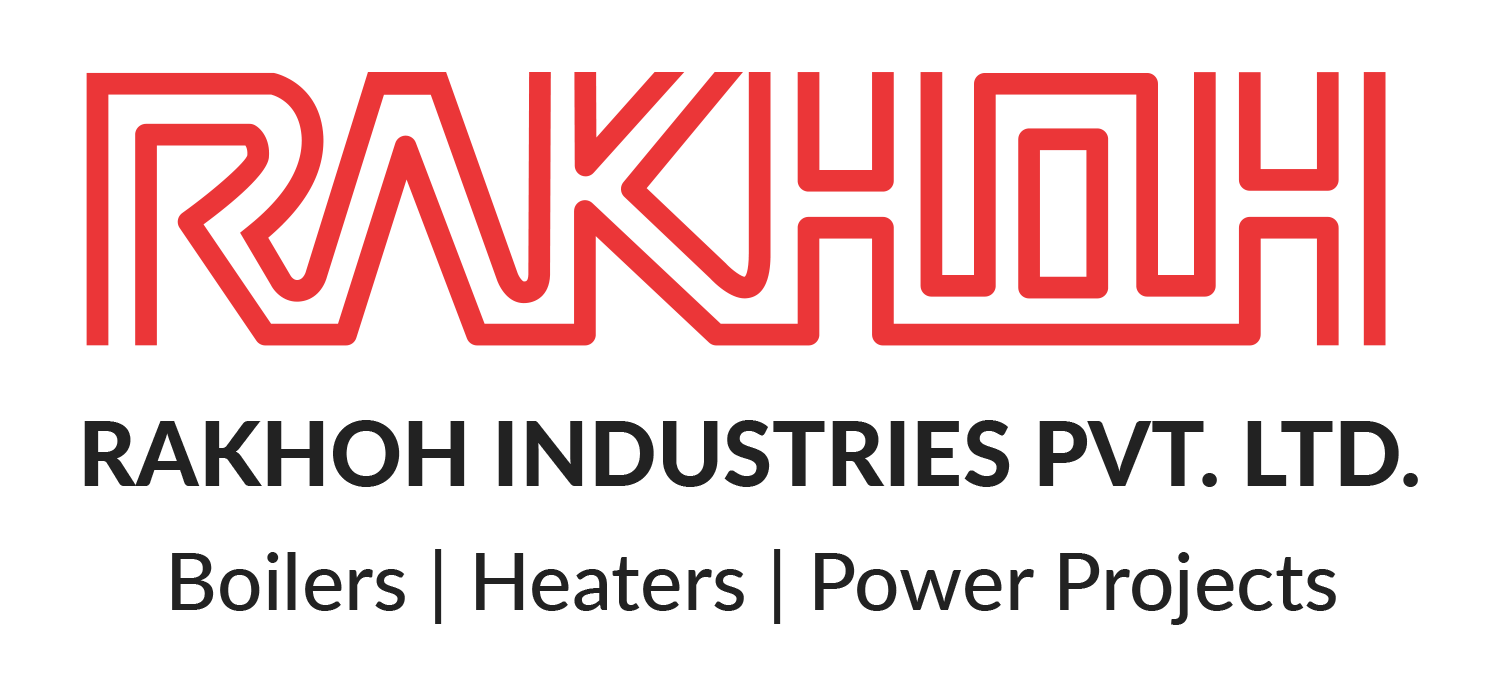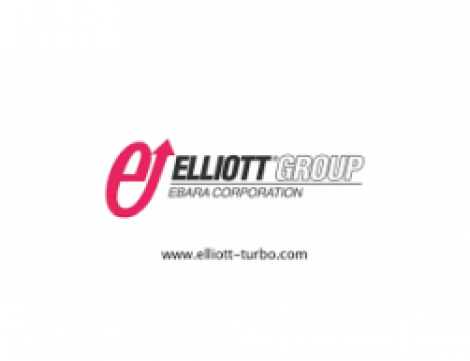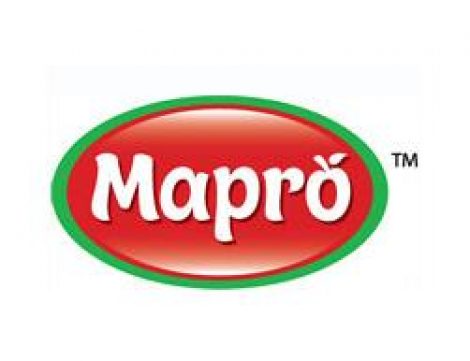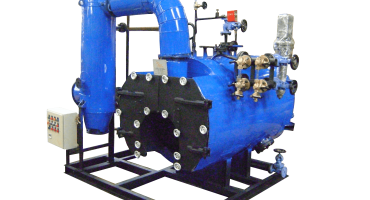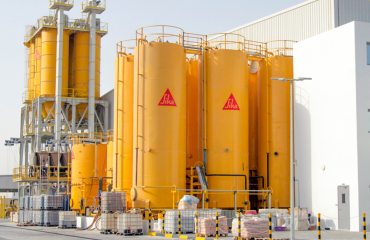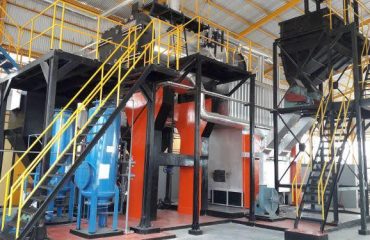Combustion in Steam Boiler:
Combustion is the process of burning fuels in the steam boiler that requires air, heat, and fuel. It can be defined as a chemical process that blends oxygen with the fuel elements. It produces a certain amount of heat, depending on the element that was combined with oxygen. Other elements present in the combustion process are the particles of iron and silica that are known as the impurities or pollutants from fuels that are transferred to the ash pit after the combustion process.
-
The following three steps are necessary to ensure complete combustion in solid fuel boilers:
- Extraction of heat that increases the fuel temperature to the point of combustion
- Burning of volatile gases
- Fixed carbon combustion
Furnace in Steam Boiler:
Usually, an average of 12 pound of air is required to ensure the complete combustion of one pound of fuel. In reality, the forced draft fan provides approximately double the amount of air to achieve complete combustion. That is because it gets challenging to supply air uniformly to every part of the furnace. On the other hand, too much air supplied to the furnace results in the gases blowing off before the combustion process is complete. It is vital that the air provided in the furnace is optimum and not beyond the maximum amount required.
The primary objective of the furnace in boilers is to achieve optimal combustion with minimal smoke.
- Excess release of smoke is avoided due to,
- Smoke is one of the main contributors to air pollution
- Excess smoke is an indication of incomplete combustion as it carries unburned gases along with it
-
For optimal combustion, a boiler furnace consists of three main components that are,
- Combustion Chamber wherein the combustion process takes place
- Ash Pit for collecting and disposing the waste particulates from the fuel during combustion
- Grates that assist in the ignition of the solid fuels
Role of Grates in Solid Fuel Boilers:
Grates are provided in solid fuel boilers to help with the fuel-burning such as biomass or coal. It is designed to enable the passing of air for combustion. Due attention is given to the opening of the grates to assure that it is neither too broad to pass the unburned fuel particles that may fall nor too confined that it hinders the air passage for the combustion process.
Types of Grates Used in Solid Fuel Boiler:
Among various types of grates used in boilers, three of the most commonly used are stationary grates, traveling grates, and reciprocating grates.
Stationary Grates:
Stationary grates are ideal for burning fuels with less ash content. It is constructed with high-quality, heat-resisting cast iron alloy that is uniformly spaced, tapered, and generally located at the floor tubes of the furnace.
For complete combustion, hot air is spread evenly over the grate surface. The fine particles of the fuel are burned quickly with the suspension. However, the coarse particles remain and spread over the grate area, forming a thin fuel bed. The ash formed is removed by the nozzles in the grate surface, and later on, transferred to the ash pit.
Travelling Grate:
Traveling grates in solid fuel boilers need to ensure constant tension for smooth and hassle-free operation and avoid obstruction of the grate and the grate chain. The tension in the traveling grate is controlled by gravity. Gravity pulls the weight of the grate and maintains the tension.
As the traveling grate operates continuously, it discharges ash frequently. It is ideal for granulated fuels of moderate size with high ash content and is preferred by processing plants that operate extensively. It facilitates a high level of automated cleaning and fuel loading, low emission, and enhanced boiler performance.
Reciprocating Grate:
The reciprocating grate comes in a staircase structure that consists of a series of fixed grates and moving grates arranged in step-like sections from the fuel inlet to the discharge section at the bottom. The rows of grate bars are moved through the hydraulic drive, and the zoned partition beneath the grate ensures separate zones for primary air. Ash pit or ash conveying system is located at the end of the grate.
Reciprocating grate in solid fuel boilers is most suitable for a wide range of fuels. It is constructed with high alloy steel that ensures effective combustion by enhanced air distribution. It uses high-pressure secondary/over-fire air injections to reduce NOX emissions.
Ash Pit:
Ash pit is placed below the grate in a solid fuel boiler that collects the ash particulates from the combustion chamber. Sufficient space is necessary between the bottom of the ash pit and the grates to ensure ample air space.
Rakhoh’s Range of Solid Fuel Boilers:
Rakhoh, with its extensive knowledge and expertise on thermal solutions, offers a range of efficient and reliable solid fuel boilers for more than 20 process industries worldwide. We manufacture world-class boilers that operate effectively with high-quality grates to assist with complete combustion, depending on the fuels used.
